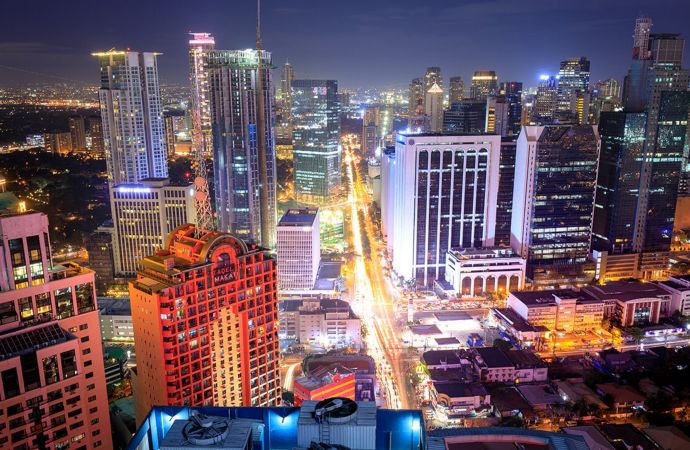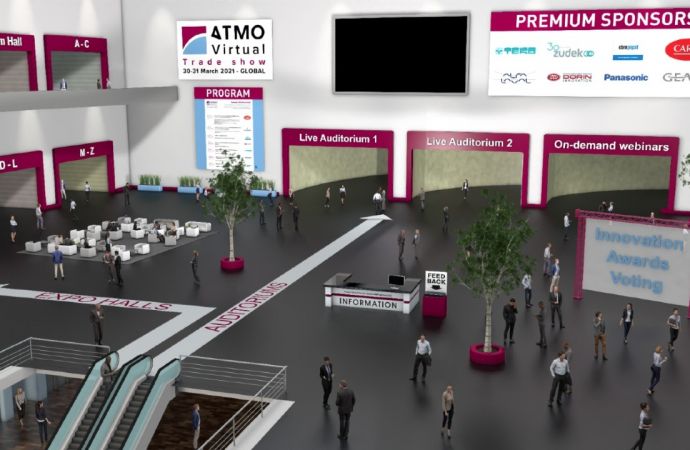CO2 evaporators should be operated without superheat, heat recovery should be employed, says Professor Armin Hafner.

Armin Hafner, Norwegian University of Science and Technology
Armin Hafner, Professor in Refrigeration at the Norwegian University of Science and Technology (NTNU), emphasized the importance of CO2 (R744) refrigeration system design during a presentation on December 9 at 14th IIR-Gustav Lorentzen Conference on Natural Refrigerants (GL2020), held in Kyoto, Japan, and available online.
“The engineers who are spreading CO2 technology should remember to design the system and not just copy and paste what was done before,” said Hafner, a major scientist in the field of CO2 refrigeration. “Because the fluid properties [of CO2] are an asset, not a hindrance.”
Hafner was referring to the process of designing a CO2 refrigeration system to take advantage of all the useful thermal properties of CO2 when applied to a real-world use case.
“Therefore, all CO2 evaporators should be operated without superheat, heat recovery should be employed whenever there is a heat demand somewhere close to the unit, and domestic hot water production should be an ordinary feature of the systems.”
Integration a major theme
Integrated HVAC&R CO2 refrigeration systems that are designed to supply all thermal energy needs for any given application (including refrigeration, heating, cooling and hot water production) were a major theme of the GL2020 conference this year.
Earlier in the day, researchers representing the MultiPACK project presented annual specific energy consumption figures for two supermarkets in Italy with integrated HVAC&R CO2 refrigeration systems.
The MultiPACK project is a five-year-old EU-sponsored initiative to support integrated CO2 HVAC&R systems and is funded by the European Union’s Horizon 2020 program.
In another presentation, a field analysis was done from January 1 to December 31, 2019 at a supermarket near Stockholm, Sweden, which employs a transcritical CO2 booster system that also provides air conditioning and incorporates heat recovery and geothermal storage integration.
“Eight boreholes [dug into the ground], with a depth of 220m (721ft) each, are connected to the refrigeration unit to ensure that the heat demand is totally covered by the refrigeration unit,” said Sotirios Thanasoulas, PhD student in the Applied Thermodynamics and Refrigeration Division of the Royal Institute of Technology, KTH in Stockholm, Sweden. “These boreholes also provide free cooling in the building and subcooling in the refrigeration cycle.”
The analysis found that the “medium temperature level evaporation temperature of around 0°C (32°F) provides COP up to 8.5” and the “24°C (75.2°F) to 26°C (78.8°F) water return temperature from [the] space heating system proves COP up to 7.5.”
The fluid properties [of CO2] are an asset, not a hindrance.”
– Armin Hafner, Norwegian University of Science and Technology
Related stories


